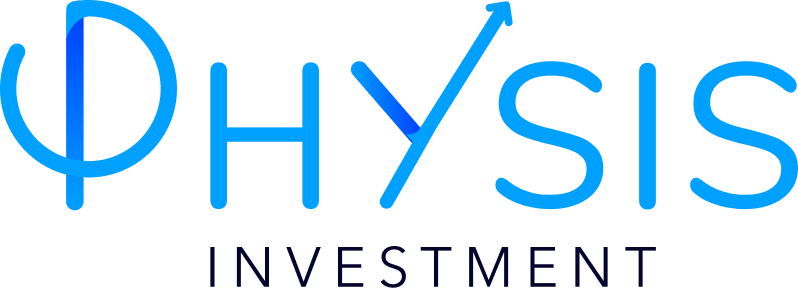
What is Double Materiality?
In January 2022, the European Financial Reporting Advisory Group (EFRAG) published a working paper on incorporating double materiality into their sustainability reporting standards rather than using a single materiality approach. Many organizations have chosen double instead of single materiality, with some even going so far as to recommend double materiality to the organizations still taking a single materiality approach (such as the ISSB).
There’s been some controversy over the use of single vs. double materiality, but what is double materiality? And is it a better standard of reporting than single materiality? Single materiality is a reporting approach that accounts for how sustainable factors affect the financial value of a firm, whereas double materiality takes into account both that and how the firm affects the environment and society in general. Since double materiality has a more well-rounded approach, sustainability reporting standards are likely to favor double rather than single materiality.
Sustainable Organizations Turning to Double Materiality
One reason organizations like the GRI, SASB and the EFRAG have taken to double materiality is the need to increase corporate transparency when it comes to sustainability efforts. The issue with single materiality is that it only accounts for risk’s applicable to a company’s financial situation and not if the company poses a risk towards society or the environment. Stakeholders are also becoming increasingly more interested in issues that are not necessarily material to the business itself, such as the issue of modern slavery or other human rights violations.
Double materiality could prove to be greatly beneficial for sustainability-focused teams since it would allow them to distinguish between which issues concern the finances of a business and which issues concern the outward impact of a company.
Double materiality isn’t just useful for investors and sustainability teams, it can also benefit a company’s bottom line. With double materiality, companies can create better management plans for their stakeholders and inform them on whether the issue is truly a risk to their business or if it’s just a part of their responsibility to mitigate their impact on people.
How to begin a Double Materiality Assessment
Most organizations are turning towards double materiality, and both companies and investors should be aware of how to assess sustainability issues through the lens of double materiality. Get acquainted with the framework and standards already in place by other organizations, such as the SASB or GRI, try to gain a full understanding of a company’s current and future material concerns, get notified about current and future policies, and document any changes that may influence the material issues at hand. In a world that is continuously changing and striving for efficiency, it’s important to be ahead of the curve.
Physis is a fintech company that offers investors a variety of ESG offerings and data to manage, track, and understand the impacts of your investments. We make it easy for institutional investors to prove the sustainability of a company or fund beyond the ambiguous ESG score. Find out how we can help you today!
